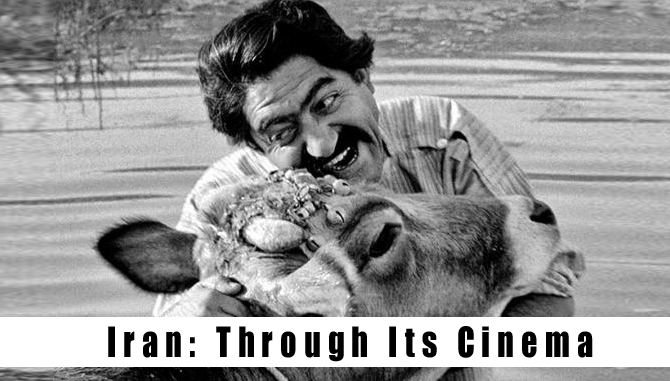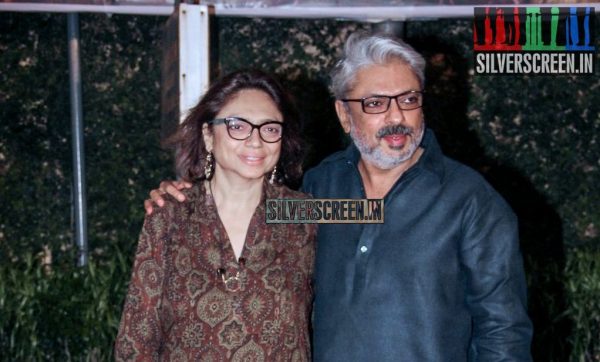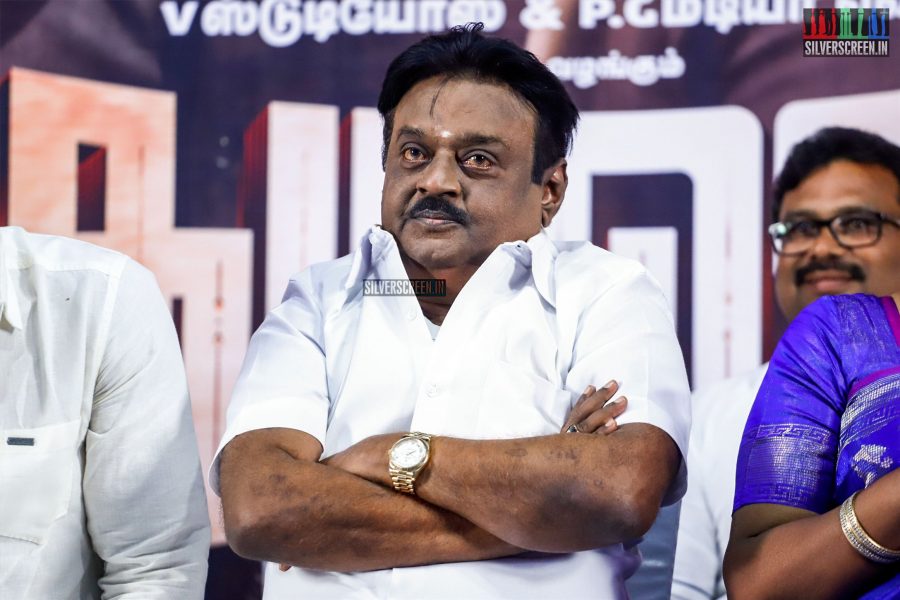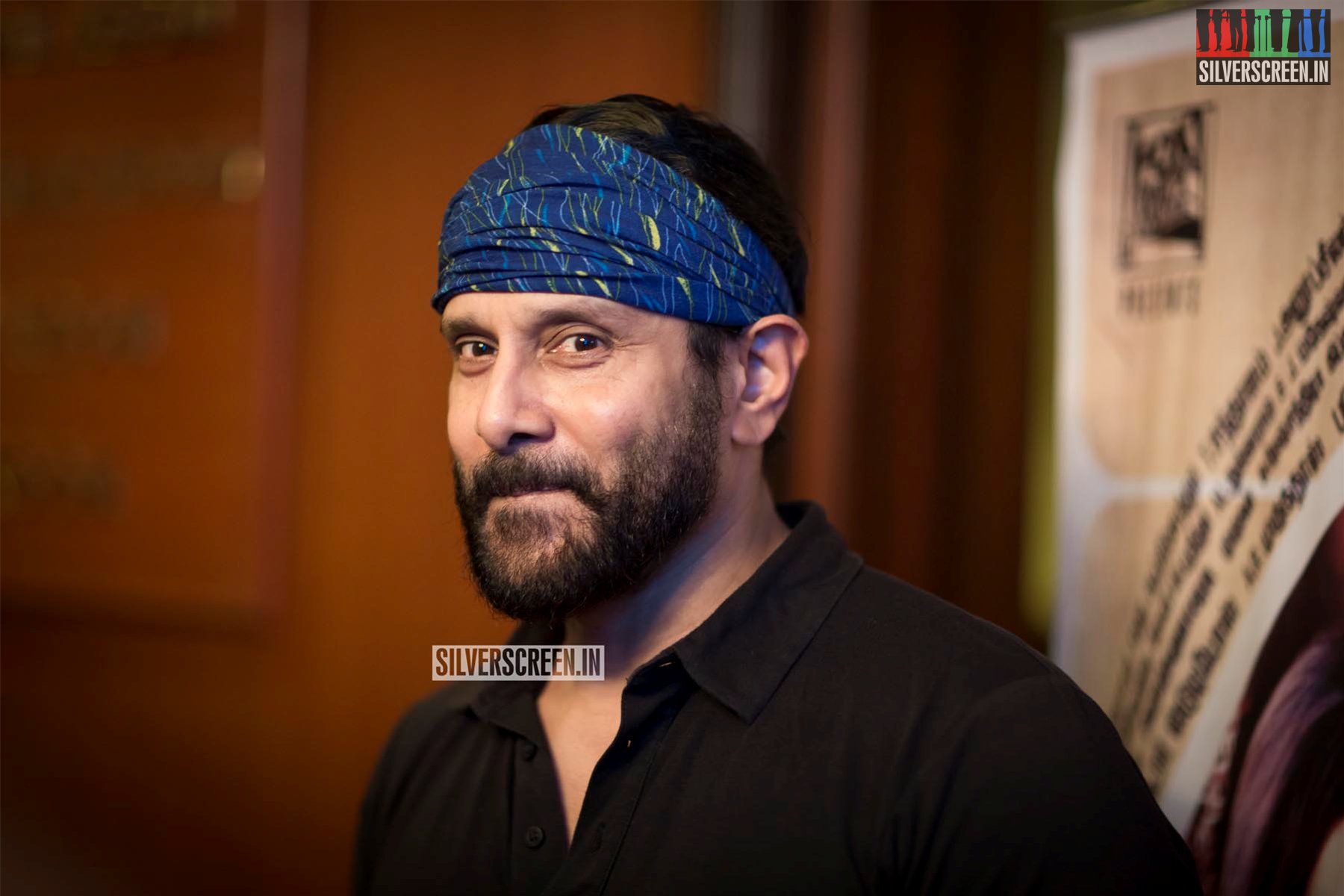On her first day in Tehran, an Indian BBC reporter says, a museum guard asked her if she was Indian, and whether she knew Shah Rukh Khan. Iran and India have much in common, even though many Indian’s aren’t aware of it: a shared love of cinema is only the beginning.
This month, the Indian Prime Minister Narendra Modi visited Iran for the first time in 15 years, to conclude a $500 million port deal that political pundits are hailing as a “masterstroke”. The negotiations will open perhaps India’s only route into Central Asia, and act as a balancing counterpoint to the establishment of the China-Pakistan Economic Corridor this time last year. Relations between India and Iran had partly deteriorated during a period when the United States imposed sanctions on Iran over its nuclear program. India, which only last year had called the US its “natural ally”, had joined in the global condemnation of Iran. And now those sanctions are being lifted, and India is back with a handshake, and more.
But it’s their tradition of cinema, literature, and the arts that really brings India and Iran together. On the eve of increased cooperation between the two nations, we take a look at Iranian cinema over the years.
*****
Internationally, the best known Iranian film is arguably Majid Majidi’s Children of Heaven. Set against Iran’s urban poverty, the film tells a charming tale of a brother and sister, and the quest for a pair of missing school shoes. Children of Heaven won the Academy Award for Best Foreign Language film in 1998.
While cinema in Iran began as early as the first decade of the 20th century, the industry really found its feet in the late 1960s. It was at this time that Iranian cinema developed its own aesthetics and language. Pioneered by Daryush Mehrjui’s The Cow in 1969, the surge of realistic art films of that time came to be known as the Iranian new wave. Critic Rose Issa famously described the Iranian cinematic language of this period as championing “the poetry in everyday life and the ordinary person by blurring the boundaries between fiction and reality, feature film with documentary.”
Iranian cinema has somehow managed to flourish in a country with severe censorship rules. Nor do Iranian filmmakers have the mega budgets Indian filmmakers have. And yet, through their use of coming-of-age narratives, and exploration of the world through children’s eyes, Iranian cinema has produced some of the most powerful films in the world. Films that have taken home Oscars, and films that have captured the minds of global audiences, including in India.
*****
Here’s a list of some of the most prominent Iranian films ever made:
The Cow
The Cow (1969) narrates the story of Hassan, a villager, and his beloved cow. When the cow dies, the villagers plan to hide the news from Hassan, since it was the only companion the hapless man had in his life. The Cow pioneered the new wave movement in Iranian cinema. The movie was hailed by Iran’s religious leader Ayatollah Khomeini, who thought it portrayed the honest face of Iran’s villages.
A Separation
Asghar Farhadi’s 2011 film, A Separation, won the Academy Award for the Best Foreign Language movie, becoming the first Iranian movie to win an Academy Award. The film narrates the story of Nadin and Simin, a married couple, who are on the verge of a separation. Simin wants to leave the country, which has been torn apart by sectarian conflicts. She doesn’t want to raise her daughter in such an atmosphere. However, Nadin is against her decision to settle abroad. He doesn’t want to leave his ailing father behind. Eventually, she moves out of the house, and their separation triggers a cascade of events. The film subtly discusses class conflicts and gender dynamics in urban Iran, and the narrow line that separates the compulsions of faith and the compulsions of everyday social life in urban spaces.
Taste of Cherry
Abbas Kiriostami, a masters of contemporary Iranian cinema, is known for his distinct style, especially his copious use of minimalist long shots. Taste of Cherry (1997) is a road movie about a man in search of an assistant and has an unconventional structure. The protagonist has a strange plan on his mind: He wants to kill himself, and has even kept the grave ready. But, he needs someone to help him with the post-death ritual. In the climax scene, Kiriostami breaks the fourth wall. The film ends with a shot of the director and the crew engrossed in the filming.
White Balloon
White Balloon (1995), directed by Jafar Panahi, has screenplay written by Abbas Kiriostami. The film uses unseasoned first time actors to portray most of the characters. A simple tale about a little girl’s efforts to buy a gold fish, White Balloon portrays the innocence of childhood.
The Cyclist
Master auteur Mohsen Makhmalbaf’s 1987 film The Cyclist portrays the struggles of an Afghan refugee in Iran as he tries to fund his dying wife’s medical expenses. Made on a shoestring budget, the film stood out for a powerful screenplay that worked as an allegory for the never-ending suffering of faceless refugees reeling under destitution in the Middle-East.
The Apple
Samira Makhmalbaf made The Apple in 1998, when she was just 17. Mohsen Makhmalbaf’s prodigal daughter powerfully used the motif of an apple to tell the story of two girls who are denied the right to lead a normal life by their orthodox religious parents. The film, which was screened at the 1998 Cannes Film Festival, was partly inspired from a real incident, and carries a strong feminist statement. Beginning as a documentary, the text gradually takes on the shape of a feature film.
No One Knows About Persian Cats
There are many things that Iran’s Islamic regime doesn’t approve of, and rock music is one of them. Bahman Ghobadi’s No One Knows About Persian Cats (2009) sheds light on the country’s underground rock music scene. The film revolves around a group of rock musicians’ efforts to get the Iranian authorities’ approval for a rock concert in London. Through them, the movie speaks about the unrest among the free-spirited youngsters under Iran’s oppressive government.
Offside
In Jafar Panahi’s 1996 film Offside, a girl dresses as a boy to watch a football World Cup match in a stadium. The Iranian government forbids women from attending sports tournaments. She is caught and held in a pen on the stadium roof, along with several other women. While the city celebrates the game, the film’s focus turns towards this group of women. Offside bears all the marks of a typical Panahi film, utterly realistic, and more concerned with screenplay than technical finesse.
About Elly
Recommended
Asghar Farhadi’s film About Elly (2009) is centred around the mysterious disappearance of Elly, a teacher. The film starts off on a light-hearted note. Two families picnicking on a beach. Laughter, games, the blooming of friendships, and a romance. The disappearance of Elly is a recurring motif that drastically changes the overall mood of the film. The psyche of every character is laid bare.
Color of Paradise
Majid Majidi’s Color of Paradise (1999) is a poignant drama with rich philosophical undertones that explores the life and surroundings of a blind boy, Mohammad. Mohammed is happy and content with what he has, unlike people like his father, who are constantly worried about what they don’t have. The film is both a children’s movie and one meant for adults.
*****
Feature Image: Still from The Cow



